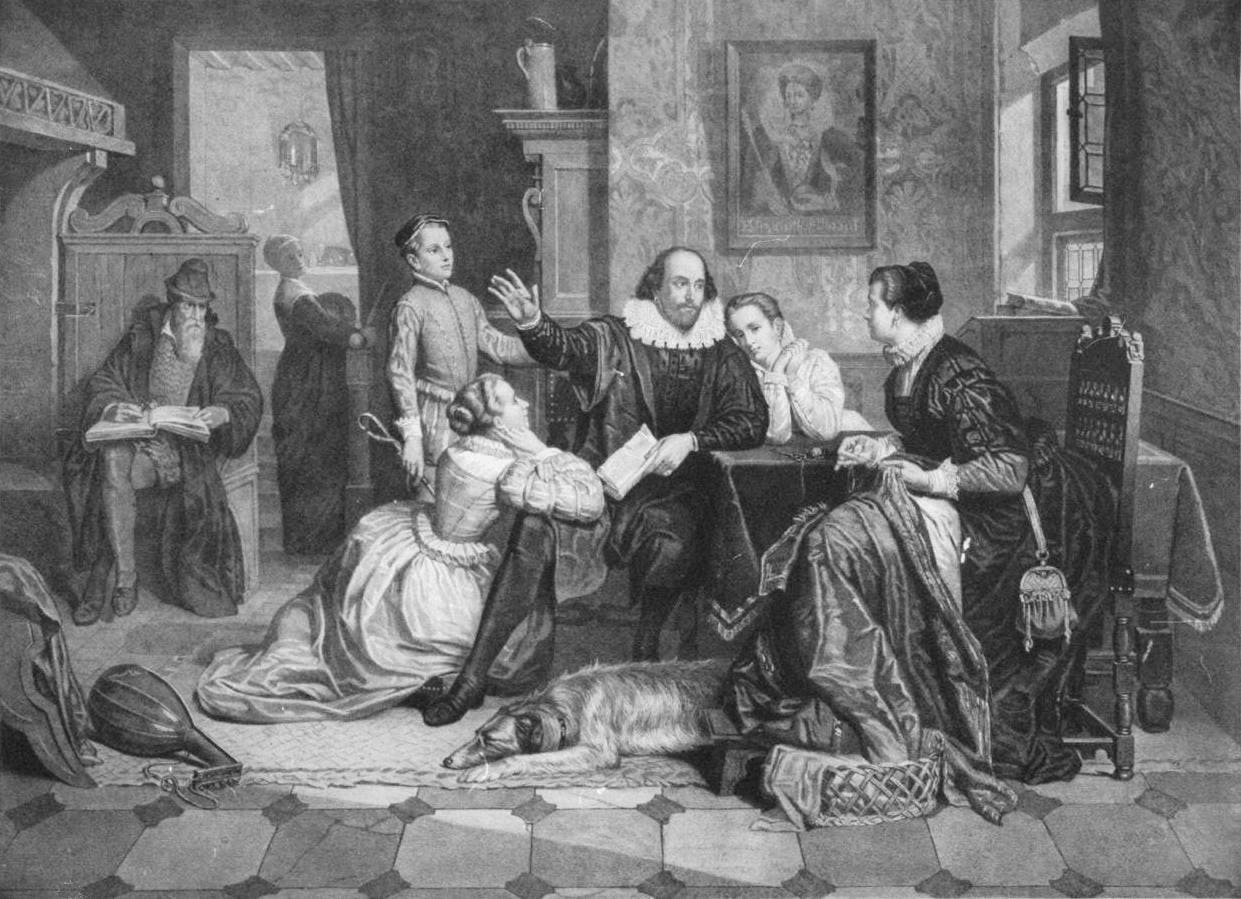In today's world, both men and women dominate the stage and screen. Even though women's roles are lesser than that of men, and are often only support of plots or are archetypal roles, times are changing. More strong female roles are evolving in our culture, represented by different races and ethnicities. However, in the Elizabethan times, women were not allowed to perform on stage. It scares me most to know that this was seen as the normality, as a given, as traditional, conservative and repressive values were so ingrained into culture at the time. Even the very idea of women performing roles for their own gender seemed obscene and outrageous.
Male actors would range in age, companies typically using young boys and senior actors in the same production. An actor was expected to be multi-talented, able to sword fight, sing, dance and quickly learn lines. Most would start their careers in apprenticeships from a young age.
Experience as an actor
As actors how have agents, and showcase their past roles online through advertising, actors had to have a license to perform in the Elizabethan times.
In preparation for performance, each actor would be sent his role with his lines, not knowing who the rest of the cast was until they finally rehearsed the scene! They also would not be able to read what happens before or after their scenes, so would enter the room with little understanding of the other significant forces in the play, and the all-important plot. Now, there are whole departments for costume, coaches for the actors' voice and directors to block scenes and work on character development, but in the Elizabethan times, this was different, the process much harsher for the actor. Actors were expected to provide their own costume and song, and to work out entrances and exits, as rehearsal time was only used to work out what wasn't specified in the script.
Performing on an open and popular stage was a daunting prospect, as if the audience disliked your production, you could be hit with harsh criticism, and, literally, fruits and nuts hurled by the groundlings! Touring across the country could also take its toll on the actors, who would travel the country to perform their plays in many different settings and stages, expected to provide for themselves. Furthermore, actors would often juggle many parts and plays at a time, as plays were not consistently performed night after night, different shows on each afternoon.
One similarity that exists today was the wages an actor was paid. If they performed in London, they were paid more than if they toured in the country, but wages were not large.
The profession of acting is now seen by many as a glamorous and exciting lifestyle choice, but in Elizabethan times, this was not so. The Church believed the plays shown to be disruptive, to cut into church services, to encourage carnivalesque behaviour. Actors were therefore seen by many as rowdy, untrustworthy people, and could even be accused of crimes they did not commit.
One similarity that exists today was the wages an actor was paid. If they performed in London, they were paid more than if they toured in the country, but wages were not large.
The profession of acting is now seen by many as a glamorous and exciting lifestyle choice, but in Elizabethan times, this was not so. The Church believed the plays shown to be disruptive, to cut into church services, to encourage carnivalesque behaviour. Actors were therefore seen by many as rowdy, untrustworthy people, and could even be accused of crimes they did not commit.










